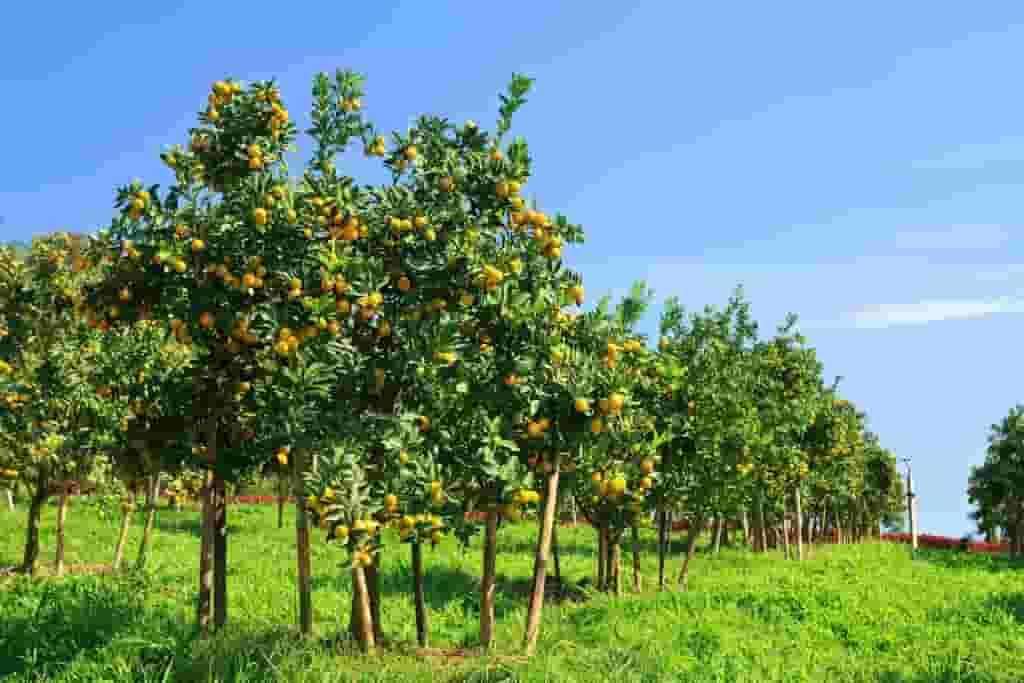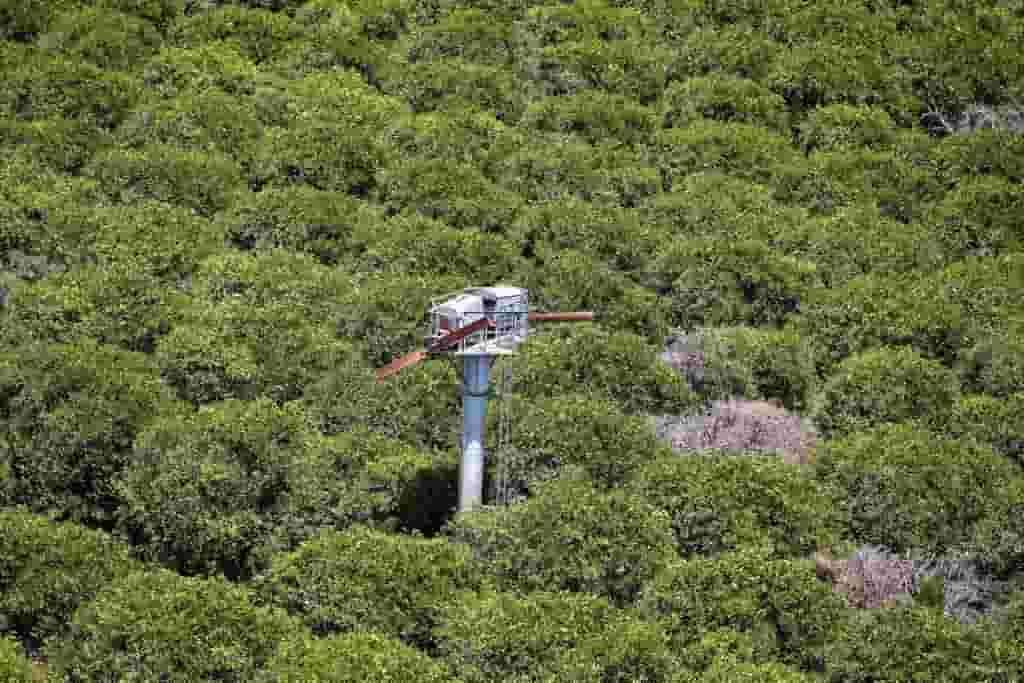Citrus Tree Farms

Growing citrus trees for the purposes of farming requires that all of the trees are of the same quality; and getting a citrus tree started can be a delicate process. With each new tree grown, a citrus farmer doesn’t necessary start from seed. Instead, the tree is grown from either grafting or budding. One of the most interesting things about most citrus trees is that the top of the tree, also known, as the “scion” is often a different variety compared to the roots or the “rootstock” of the tree. This growing process begins with propagating a new citrus tree by planting a seed for the rootstock. Once the rootstock is a year old, the farmer will take one bud from each branch of the desired variety and insert into the bark of the year old tree. This is important, because the bud will eventually grow into the top of the tree, which is the part that bears the fruit.
Citrus Trees

Citrus trees are not really trees – they are actually evergreen shrubs. Citrus trees are considered shrubs because they hold their leaves year round and require hedging. Citrus trees need to be grown in frost-free regions. The growing season begins in February until often lasts until October. Citrus trees are unique compared to other fruit trees as they never go dormant and their fruit doesn’t improve in quality or taste once it has been picked. In fact, the longer the fruit stays on the tree, the sweeter it gets.
Citrus Tree Flower Buds
During the winter months, citrus flower buds begin to form and continue until early spring. Once the buds bloom into flowers, they usually fall off and don’t result in any fruit formation. In most cases insects do the pollination, but there is also pollination processes known as “parthenocarpy” which requires cross-pollination with another citrus variety. One variety that requires this type of pollination process is known as the Clementine Mandarin. The parthenocarpy process explains why some orange varieties have seeds and why some other varieties do not. If citrus tree varieties that have parthenocarpic flowers don’t get cross-pollinated, they won’t produce seeds.
Citrus Tree Soil Conditions
Citrus trees can stand to grow in a range of soil types - anything from sandy to adobe clay. Trees that are grown in more sandy soil types often require a bit more watering and fertilizer care.
Citrus Irrigating and Fertilizer
Citrus trees require regular water care and a number of nutrients such as nitrogen, phosphorous, potassium, sulfur and calcium. However, required nutrients are dependent on soil types. Citrus growers in California and Arizona usually only have to add nitrogen to their soil.
Citrus Tree Frost Protection

Protecting citrus trees from frost is important in order to ensure a bountiful harvest. The most common frost protection methods utilize a combination of wind and water. Some commercialized citrus farms have wind machines which activate when temperatures are near freezing. The fans mix the warmer air from above and the cooler air near the bottom to create some warmth for the citrus tree.